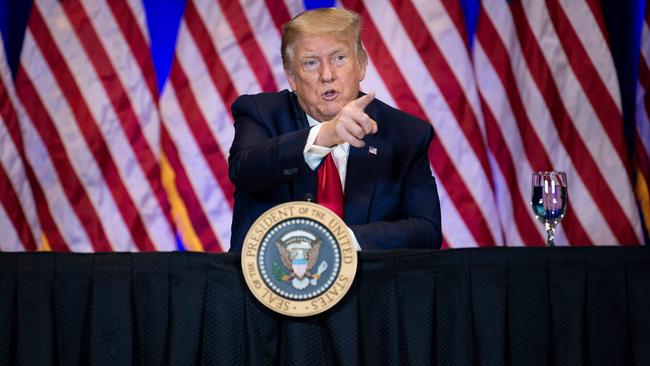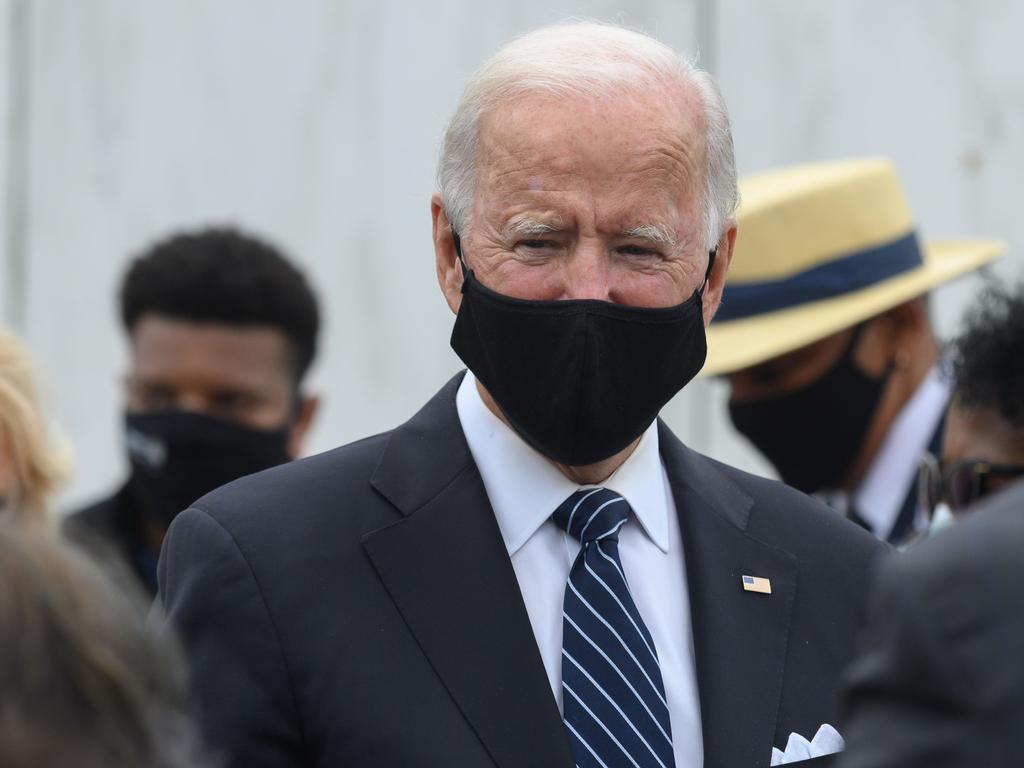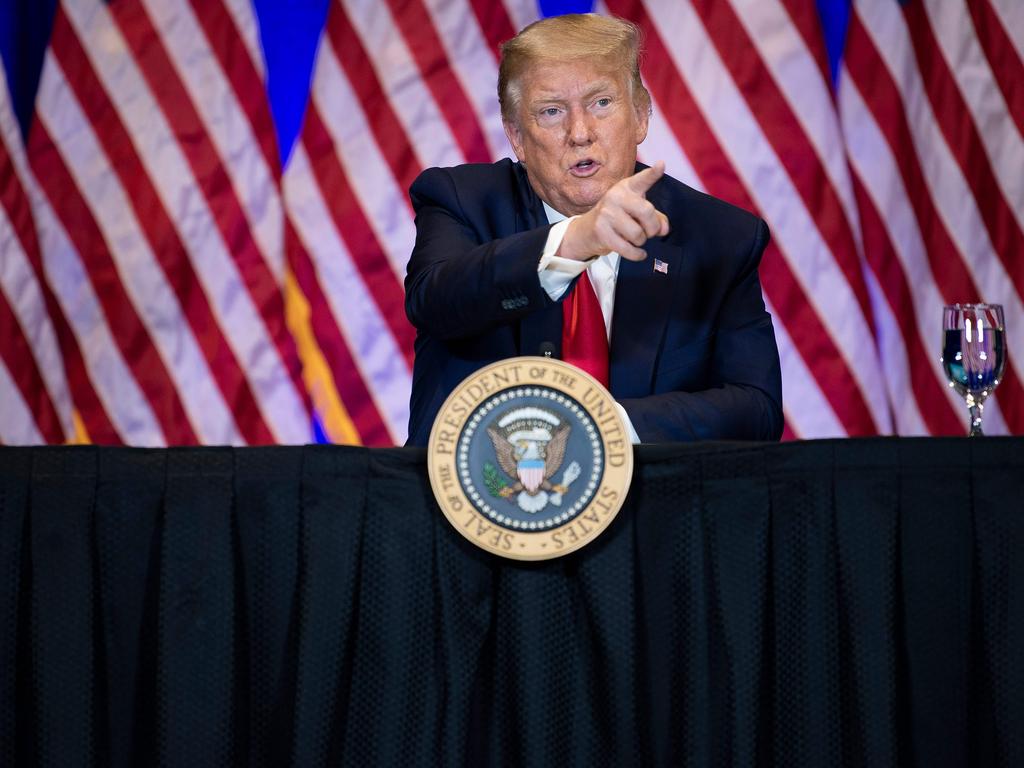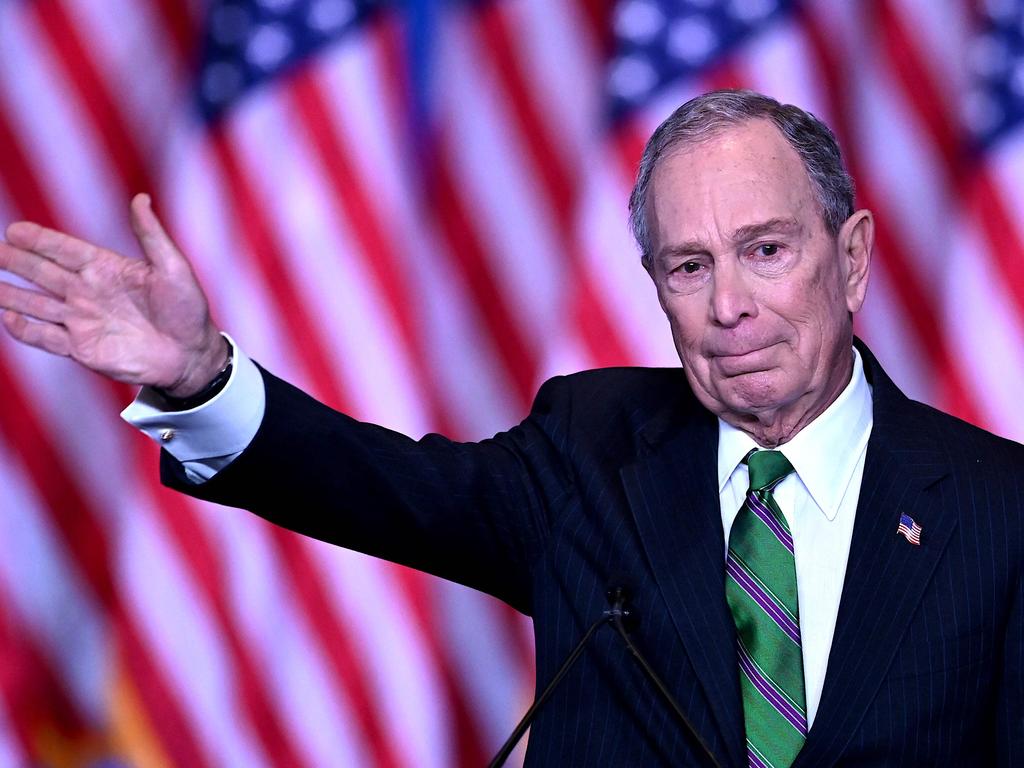Donald Trump’s fate rests in the lap of dodgy polls
An analysis of swing state polling finds Donald Trump could scrape back in if polls turn out to be as inaccurate as in 2016.

A new analysis of swing-state polling in the US finds Donald Trump is likely to lose the upcoming US election but could scrape back into the White House if the polls turn out to be as inaccurate as they were in 2016.
The study, which reinterprets current polling in 11 key battleground states based on past polling errors, finds Joe Biden has at least a 65.1 per cent of winning the November 3 election.
However, the United States Studies Centre at the University of Sydney finds the US President has a 34.9 per cent chance of winning a second term if the US polls “are at least as wrong” as they were four years ago.
In that election, a combination of late-deciders who favoured Mr Trump and a bigger-than-expected turnout of white, blue-collar voters meant the polls systematically underestimated his likely performance against Hillary Clinton in key swing states by an average 3.7 per cent.
The USSC’s Simon Jackman and Zoe Meers said while pollsters had moved to improve their surveys and eliminate errors, state-level polls were likely to vary widely in methodology and quality as they did in 2016.
“If swing-state polls are as wrong in 2020 as they were in 2016, then the 2020 election result will be much closer than recent polls suggest, with a 34.9 per cent chance of a Trump win,” they said. “If the accuracy of 2020 swing-state polls is closer to that seen in 2008 and 2012 than in 2016, then the current polls imply only a slim chance of a Trump win, just 5.3 per cent.”
They said forecasts of the result “ought to be considered especially uncertain” in 2020 due to the uncertain impact of COVID-19 on voter turnout, the variability of mail-in voting access and the prospect of vote counts being disrupted or disputed.
“This analysis should not be construed as finding Trump cannot win the 2020 election,” the authors said. “There is still more than 50 days to go. Public opinion is unlikely to be static over the balance of the campaign, although we do note the historically low number of survey respondents reporting they are undecided.”








To join the conversation, please log in. Don't have an account? Register
Join the conversation, you are commenting as Logout